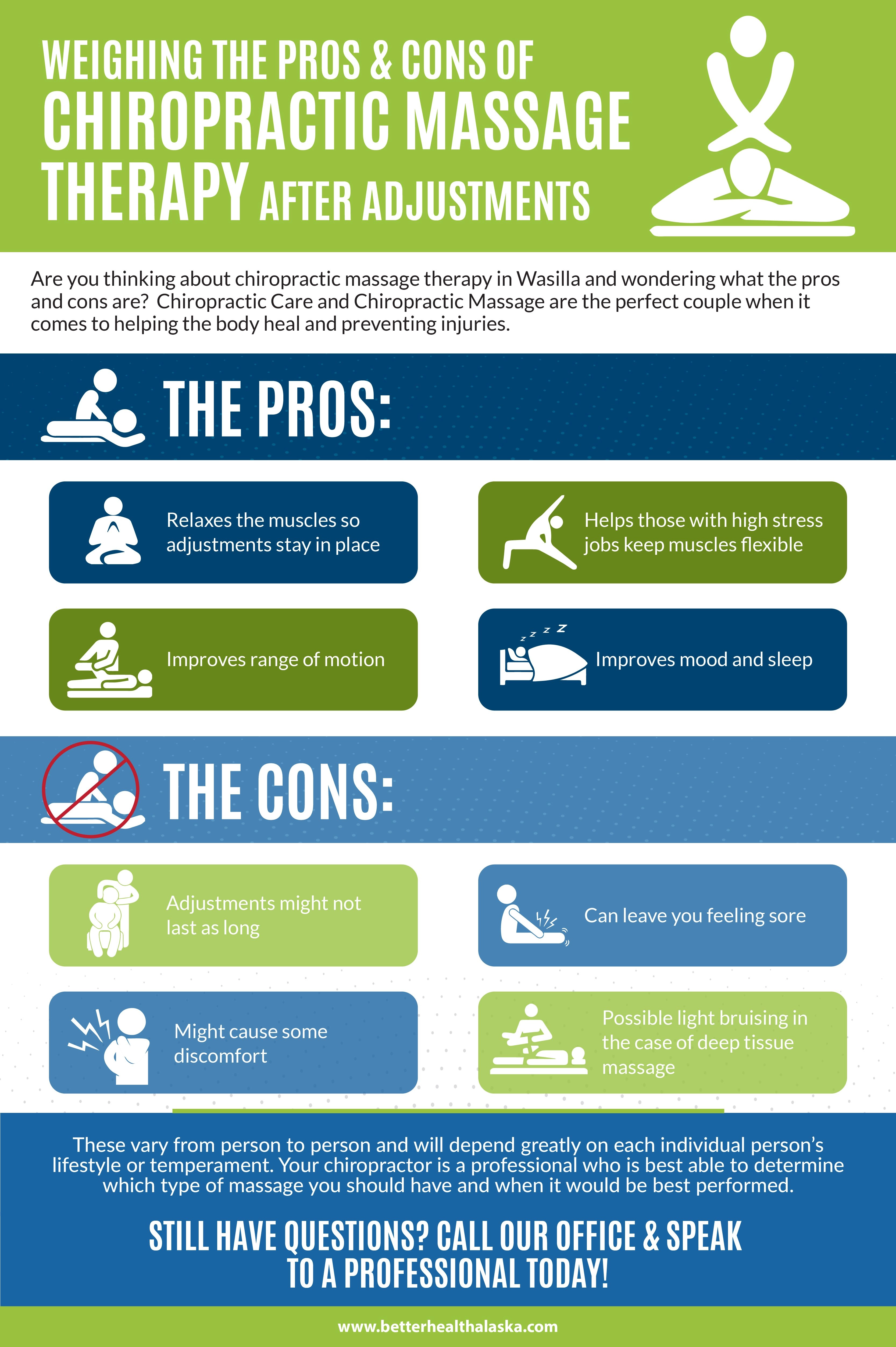The Function Of Posture In Pain In The Back: Tips For Achieving And Keeping Good Alignment Throughout Your Day
The Function Of Posture In Pain In The Back: Tips For Achieving And Keeping Good Alignment Throughout Your Day
Blog Article
Web Content Writer-Houghton Ritchie
Maintaining appropriate posture isn't almost staying up straight; it's about aligning your body in a manner that supports your back and reduces the risk of neck and back pain. The method you rest, stand, and move throughout the day can significantly influence your spinal health and wellness. However how precisely can you make sure excellent positioning consistently, even during busy days loaded with different tasks? Let's dig deeper right into the subtle yet impactful modifications you can make to your day-to-day regimen to keep your back satisfied and healthy and balanced.
Significance of Appropriate Position
Appropriate posture is essential in maintaining a healthy and balanced back and protecting against pain. When you sit or stand with great stance, your back is in placement, decreasing strain on your muscular tissues, ligaments, and joints. This positioning enables the body to distribute weight equally, stopping too much stress and anxiety on certain areas that can lead to pain and pain. By keeping your spine effectively straightened, you can also enhance your breathing and food digestion, as slouching can compress organs and restrict their capability.
Furthermore, keeping excellent pose can boost your general look and positive self-image. When you stand tall with your shoulders back and head held high, you exude self-confidence and appear more friendly. Great stance can likewise make you feel a lot more invigorated and alert, as it promotes appropriate blood circulation and permits your muscle mass to function efficiently.
Integrating proper stance right into your day-to-day routine, whether sitting at a desk, strolling, or working out, is essential for protecting against back pain and advertising general wellness. Bear in mind, a little change in just how you hold yourself can make a considerable distinction in how you really feel and work throughout the day.
Common Postural Mistakes
When it comes to maintaining great posture, lots of people unknowingly make usual blunders that can add to pain in the back and discomfort. One of the most prevalent errors is slumping over or hunching over while resting or standing. This placement puts excessive pressure on the spinal column and can cause muscular tissue discrepancies and pain in the long run.
low back pain symptoms is overarching the lower back, which can squash the natural curve of the spinal column and create discomfort. Additionally, going across legs while sitting might really feel comfy, but it can create an inequality in the hips and pelvis, causing postural problems.
Making use of a pillow that's as well soft or as well firm while resting can additionally impact your alignment and add to neck and back pain. you could try these out but not least, frequently craning your neck to take a look at screens or readjusting your placement often can strain the neck and shoulders. Bearing in mind these common postural errors can aid you maintain better positioning and minimize the risk of pain in the back.
Tips for Correcting Positioning
To boost your positioning and reduce neck and back pain, it's essential to focus on making small modifications throughout your everyday routine. Start by bearing in mind your pose. When resting, guarantee your feet are level on the flooring, your back is straight, and your shoulders are kicked back. Prevent slouching or leaning to one side. Use ergonomic chairs or pillows to sustain your lower back.
When standing, distribute your weight equally on both feet, keep your knees a little bent, and tuck in your hips. Involve your core muscular tissues to support your back. Take breaks to extend and walk around if you have a sedentary work. Integrate exercises that reinforce your core and back muscle mass, such as planks or bridges.
While sleeping, utilize a cushion that sustains the all-natural contour of your neck to preserve correct spinal placement. Avoid sleeping on your stomach, as it can strain your neck and back. By bearing in mind these tips and making small changes, you can gradually fix your placement and alleviate back pain.
Final thought
Bear in mind, preserving great pose is key to preventing pain in the back and promoting back health. By bearing in mind your placement, dispersing weight evenly, and involving your core muscular tissues, you can decrease stress on your back and decrease the danger of discomfort and injury. Incorporate ergonomic assistance, take routine breaks to stretch, and enhance your core and back muscles to keep correct placement throughout the day. Your back will thanks for it!
